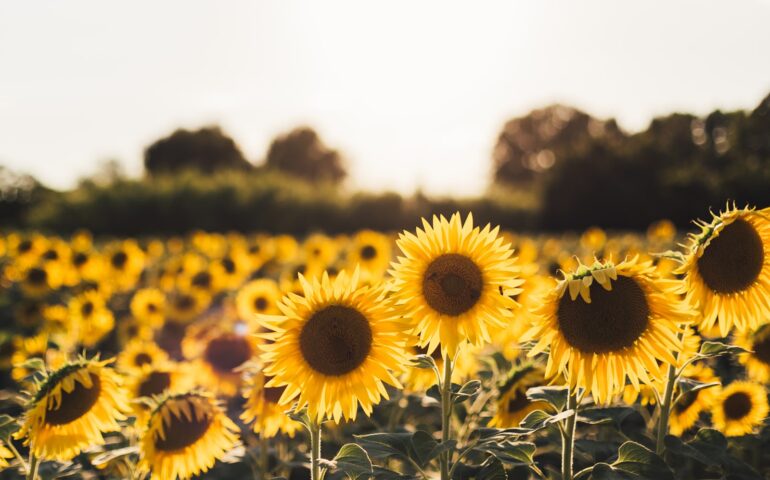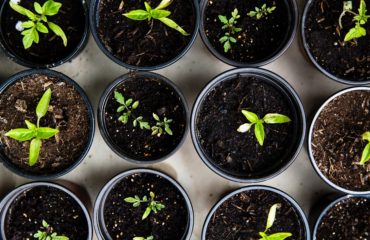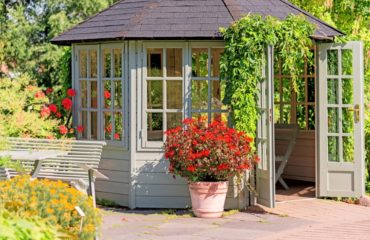Are you looking for a new hobby to keep you busy and productive?
Have you ever wanted to bring the quaintness of rural life to your back garden?
If so, gardening may be the perfect pastime for you.
Let’s take a look at some of the best plants to bring out your green thumb.
Before we begin, make sure you have all the right gardening tools. If you’re looking for tools to get started, you can checkout your local hardware store or online shops like Botanex which gets rave reviews from many gardening friends down under.
Best Garden Plants
1. Basil
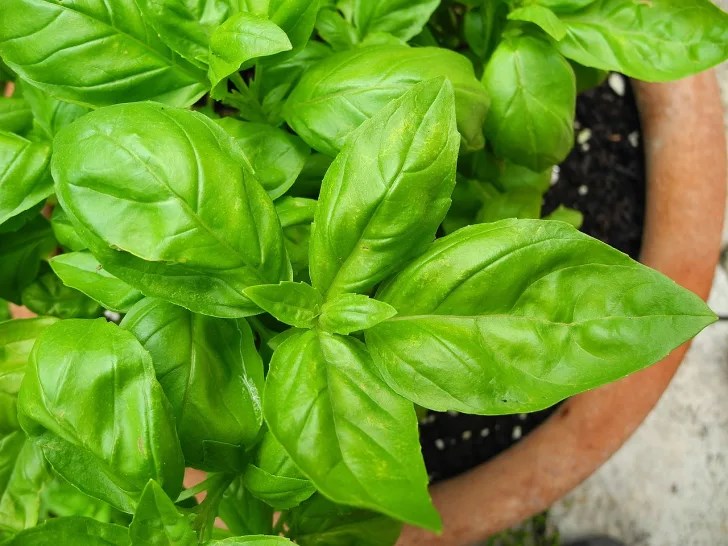
Grow fresh Basil in your garden to use when cooking
Starting off the list is a great addition to any garden, the warm-weather basil plant. Thanks to its natural bug repellent properties, this plant can keep mosquitoes at bay while also providing fresh aromatic hints to your garden. Just make sure the plant gets 6 to 8 hours of active sun exposure, and you’re good to go!
Growing Tips: Most seasoned gardeners recommend you plant the seeds at home six weeks before the last spring frost. Grow it in soils over 70ºF (21°C) for best growth, and keep it at a minimum nighttime temperature of 10°C.
2. Lettuce
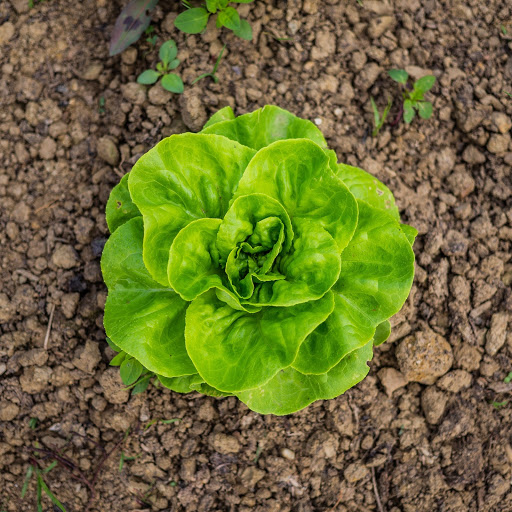
Fresh lettuce for all occasions
Rather than buying store-bought lettuce, consider growing these nutritious crops in-house. Sprouting best in spring and fall, this plant is also both low maintenance and produces for a long time. Talk about beginner-friendly!
If you have a cramped garden, don’t worry. Lettuce plants grow great in raised beds and containers too.
Growing Tips: Lettuce seeds can tolerate a light spring frost and can grow as soon as the soil defrosts. If you want to maximize your time, you can start growing seeds indoors 4 to 6 weeks before the frost date. Afterward, you can transplant them to a sunny spot with moist, loose soil.
3. Pansies
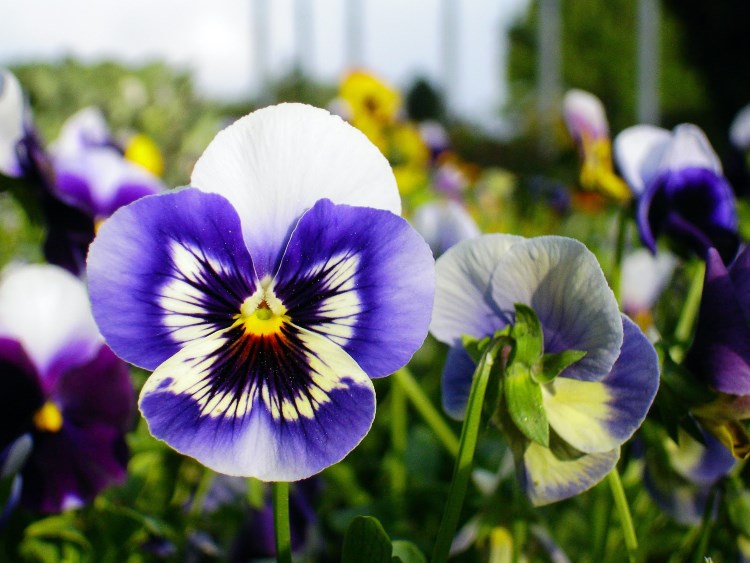
Colourful Pansies brighten up your garden
Known and loved for their wide range of bright, lively faces, pansies spruce up your garden with colour and vibrancy. Many gardeners say pansies are annual flowers since it dries up during summer and prefers chillier weather.
Pansies are also one of the few edible garden flowers out there. They possess a mild minty taste that’s great on top of a fresh garden salad or dessert.
Growing Tips: Finicky and slow to germinate as seeds, gardeners would recommend buying saplings from established nurseries instead. Pansies are best grown during early spring and Autumn seasons when the temperature settles between 45°F and 65°F (7°C and 18°C). Grow your pansies in humus-rich soil and cut dead/dying flowers to give space for new, healthier flowers to grow.
4. Marigolds
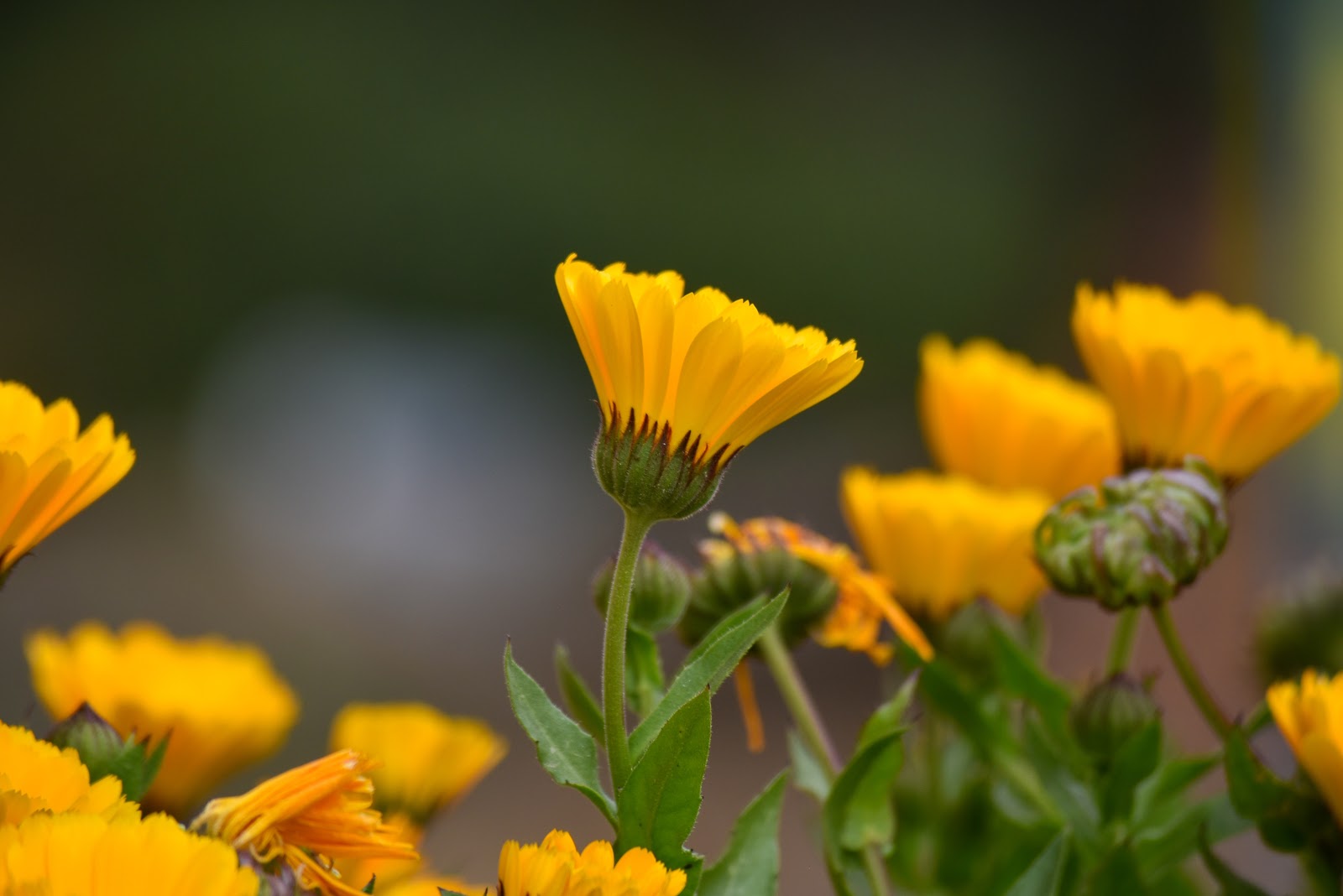
Insect repelling marigolds look great in any garden
Marigolds grow well in any bedding and also have insect-repelling properties, making them ideal flowers for any would-be gardening enthusiasts. Unlike pansies, marigolds can handle both hot summers and cool autumn climates alike. The marigold family also comes with a lot of variety. From the 3-feet tall when matured American marigolds to the bushier, more compact French marigolds, the range covers a lot.
Growing Tips: You can plant French marigolds anytime between spring to midsummer. African marigolds, on the other hand, are best planted right after spring frost as they take longer to mature. Marigolds typically sprout about a week in warm weather. They are expected to bloom eight weeks after planting.
5. Tomatoes
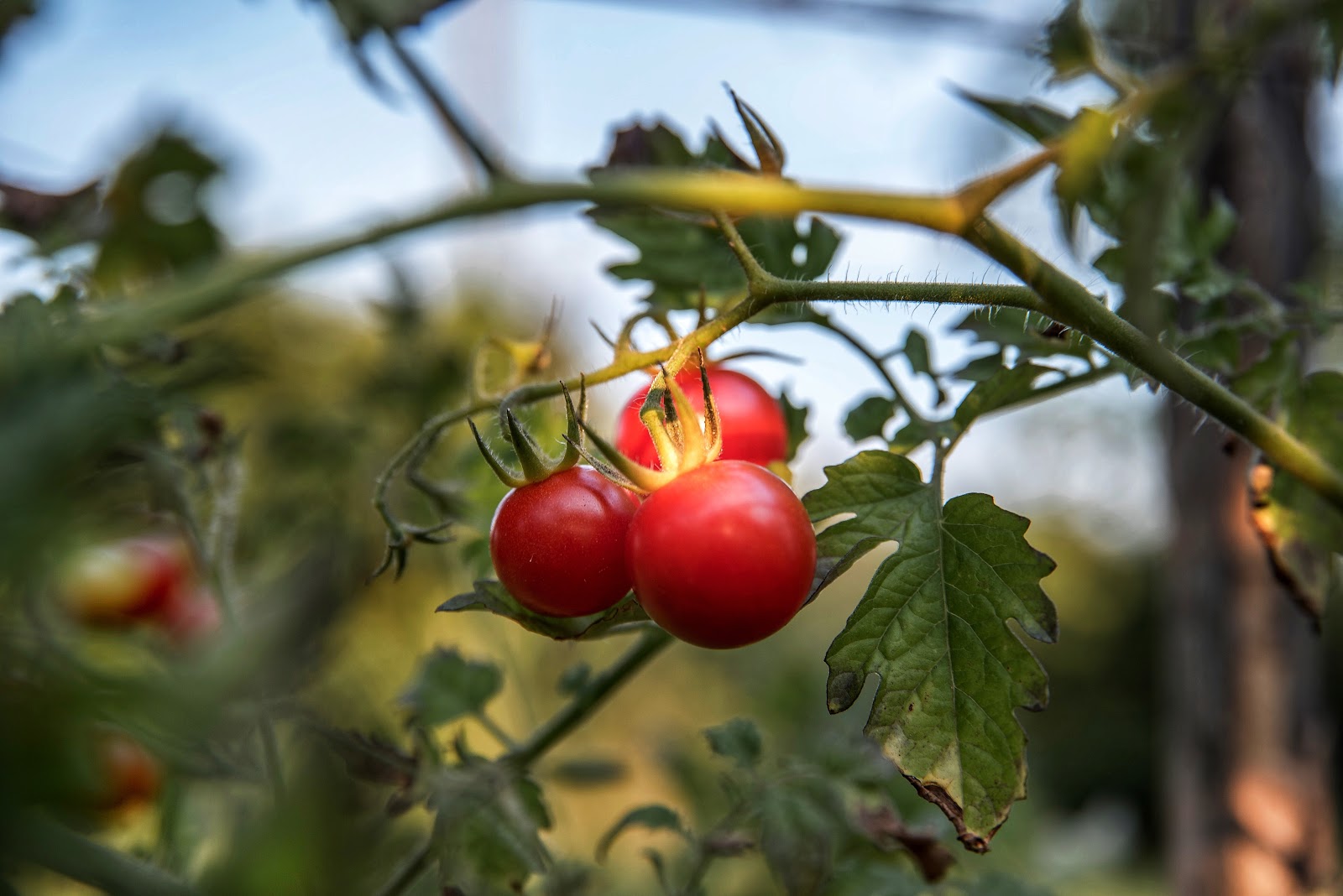
Vine ripe tomatoes taste delicious in many dishes
There’s no question about it, tomatoes are a staple among UK gardens right now. This popular crop to grow is the introductory veggie for many gardeners, and the taste of it fresh off the vine beats supermarket-grade tomatoes any day of the week. Whether you want plump red tomatoes or cherry tomatoes, growing tomatoes is a wonderful choice.
Growing Tips: Plant your tomatoes on soil with access to full sunlight, ideally where no tomato has grown in past years. Dig the ground to about a foot deep, and add in mixed compost or manure. Set the mix aside for two weeks, then plant the seeds or starter plants once soil and weather are warm. In about 5 days, germination under optimal conditions will begin.
Here’s a video that might help you if you’re looking to grow tomatoes in a green house:
6. Sunflowers
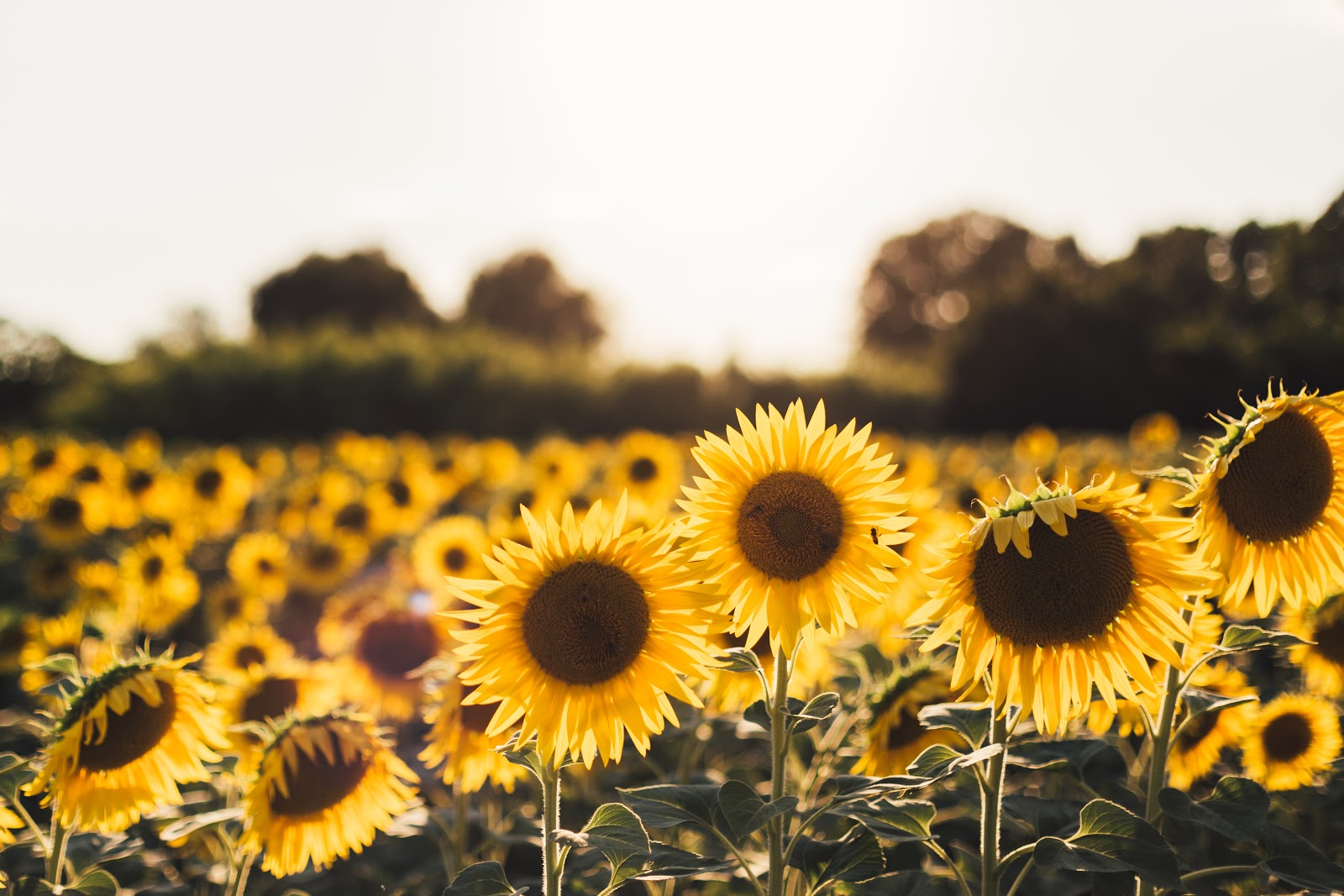
Nothing says summer more than a field full of sunflowers
Whether it’s the edible and scrumptious sunflower seeds you’re after or just something pretty to look at, growing sunflowers is terrific for beginner gardeners. What sets these flowers apart is they can grow under most conditions. This, of course, includes the hot summer weather.
Growing tips: As the name suggests, sunflowers thrive and experience optimal growth under direct sunlight. Rows of sunflowers can grow quite high (some varieties reaching as high as 14 feet), so set aside a spot in the garden for them to flourish. This can prevent them from shading the other plants in your garden.
7. Zucchini
A staple in summer cuisine, zucchini is both easy to grow and fertile in the garden. Zucchinis can either be vining types that require a trellis or sprawling room, or bush types that can fit in a container and are more suitable for gardening.
Growing Tips: Zucchini needs 6 to 8 hours of direct sunlight and nutrient-rich soil. You can start growing zucchinis as soon as spring frost has passed. If you’re growing rows of zucchinis, plant seeds ½ inch deep, 3 to 4 inches spaced apart, and 2 to 3 feet apart in rows for maximum efficiency.

